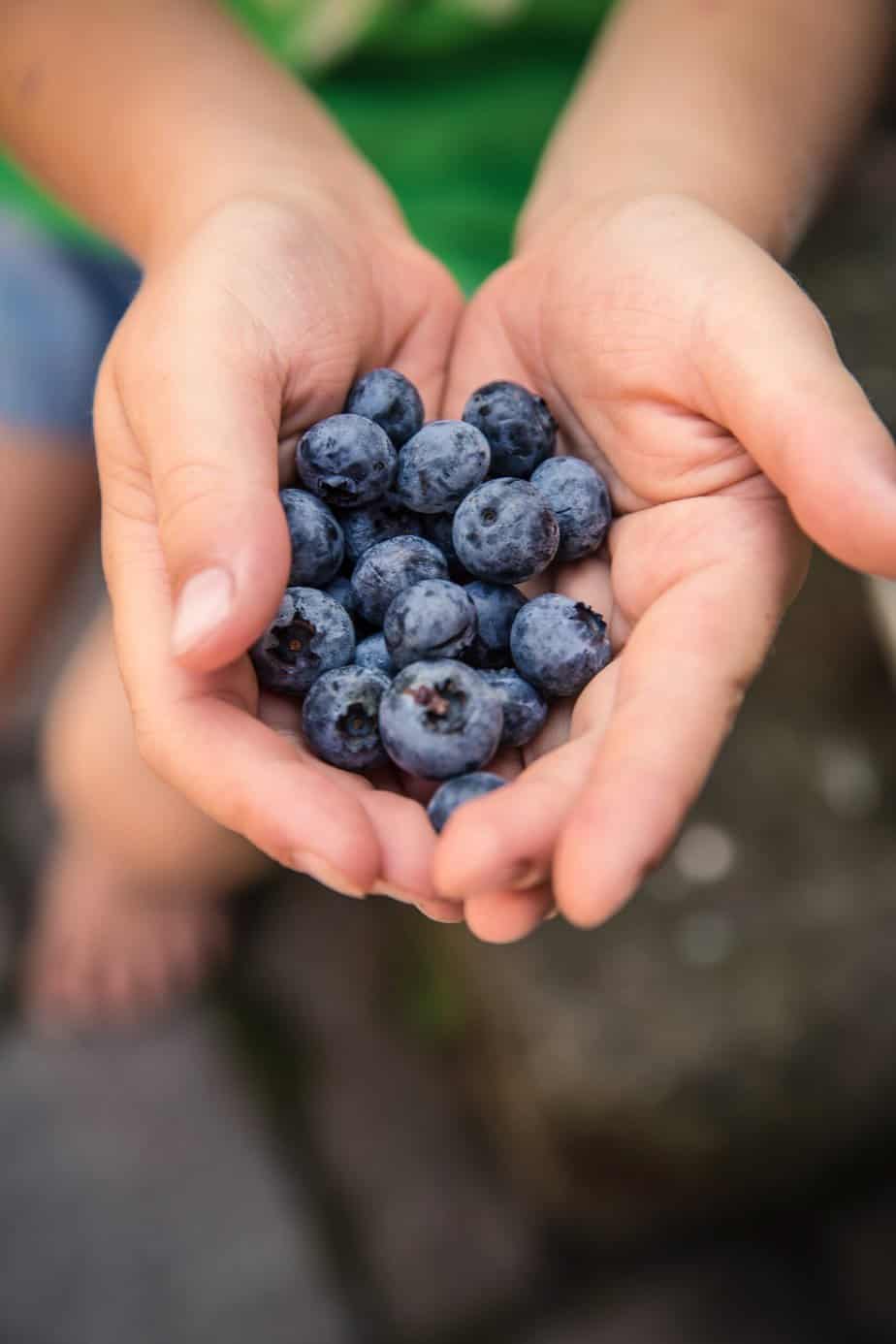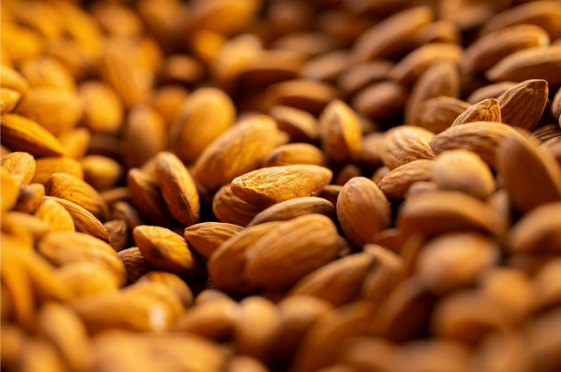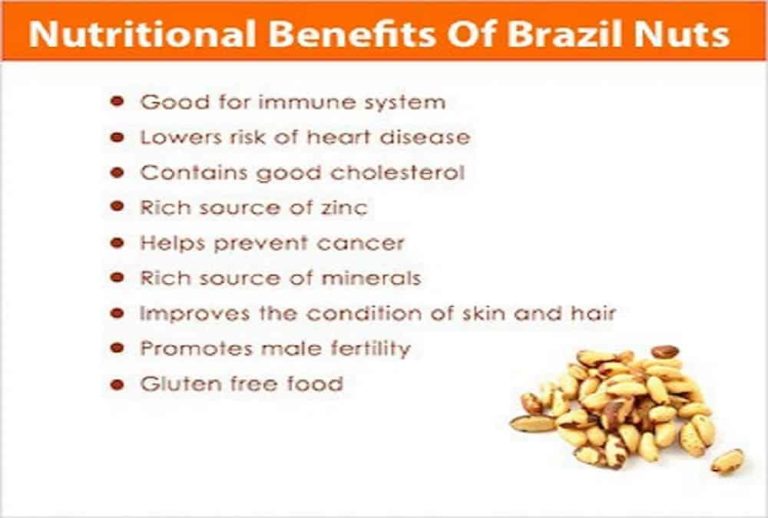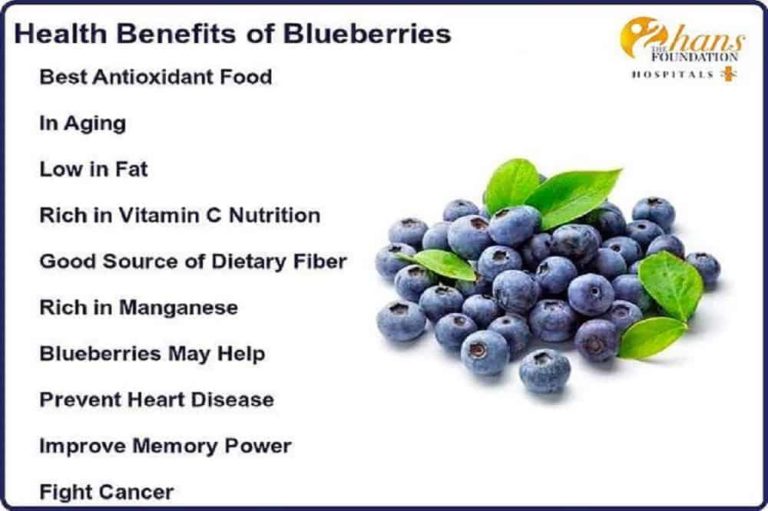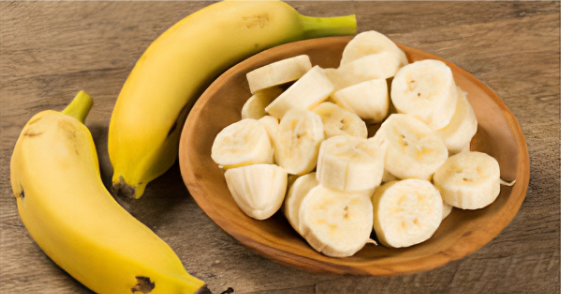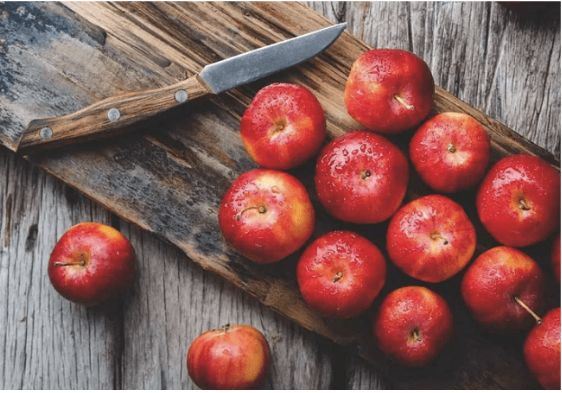Your cart is currently empty!
Blueberry Nutrition Data | Micronutrient And Energy Powerhouse
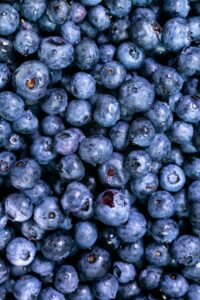
Blueberry nutrition data is long and diverse, with health benefits. In his report to the thirtieth annual science writers’ seminar of the American Cancer Society in Daytona Beach, Florida, in late March to early April 1988, Stoner emphasized, “Ellagic acid can only serve as a preventive.” He clarified that it cannot be a treatment because one must add it to the system before or during carcinogen exposure. Wild-grown blueberries, in particular, abound with various trace elements. But, by itself, this doesn’t mean much unless a person knows precisely what the term “trace elements” signifies. We know that the human body requires eighteen different mineral elements for good health and growth.
The body contains certain macrominerals in appreciable amounts (0.05 percent or more), including calcium, phosphorus, sodium, chlorine, potassium, magnesium, and sulfur. Iron, iodine, manganese, copper, zinc, cobalt, fluorine, selenium, molybdenum, chromium, and boron appear in only tiny amounts or traces, and people therefore call them “trace elements” or microminerals.
Scientists have now concluded that deficiencies in many of these trace elements play a more significant role in human health than previously imagined by doctors. A series of papers focused on this at the 1985 American Association for the Advancement of Science meeting. Many of these reported definite links between trace elements and health problems.
Blueberries Nutrition Data For Healing Deficiencies
For instance, deficiencies of copper in the diet in older people are widespread and believed to be connected with bone fragility, anemia, connective tissue diseases such as arthritis and lupus, heart arrhythmias, elevated blood cholesterol levels, blood sugar imbalances, heart attacks, and coronary heart disease. Excessive intake of refined and processed foods largely lacking this essential trace element causes copper deficiencies.
Another research paper presented Rest Metz, then the director of the USDA’s Human Wromin. Research Center in Bized is essential to bring the hormone insulin together with Beltsville, Maryland, focused on chromium. Chromium is an insulin receptor on a cell’s surface. When this occurs, body muscles and organs immediately convert glucose (blood sugar) in the circulating blood plasma into energy for their various physical and biochemical activities. But without sufficient chromium, insulin is practically useless, resulting in elevated blood sugar, eventual diabetes, obesity, and fatigue. Hertz noted that “this is one of the few trace elements that consistently declines with age.” So it stands to reason that our bodies require more of this vital trace element as we age.
Blueberries and Trace Minerals
Elsewhere, scientists have discovered the importance of other trace elements, of which the public is just now beginning to hear reports. Jonathan V. Wright, a Washington State alternative physician, had been successfully treating many different allergy cases with intravenous and oral solutions of molybdenum right up until FBI agents, working in conjunction with state troopers and local county sheriff’s deputies, raided his clinic sometime in 1993 and confiscated all of his nutritional supplements and patients’ medical records on the false pretext that he was prescribing “dangerous” things that could purportedly “harm” people.
A study by a scientist from the Department of Pharmacology and Toxicology at the University of Texas Medical Branch in Galveston was published in the February 1986 issue of Federation Proceedings. It dealt with another micromineral, vanadium, which was reported to affect the liver, kidney, pancreas, and heart and indirectly functions positively. The Chemical Marketing Reporter for November 9, 1987, said that scientists from the USA’s Agricultural Research Service in Grand Forks, North Dakota, found that boron, an element long used as a water softener and mouthwash, is remarkable in conserving body calcium or preventing bone demineralization.
Along these same lines, my own research into paleolithic nutrition has shown that strontium was very high in the diets of cave dwellers, which accounted for their increased-ably hardened bone structures. Other USDA scientists working out of the Agricultural Research Service’s Plant, Soil, and Nutrition Laboratory in Ithaca, New York, investigated nickel’s role in liberating nitrogen wastes from different biological systems (In this case, plants).
Evidence In Trace Minerals For Blueberry Nutrition Data
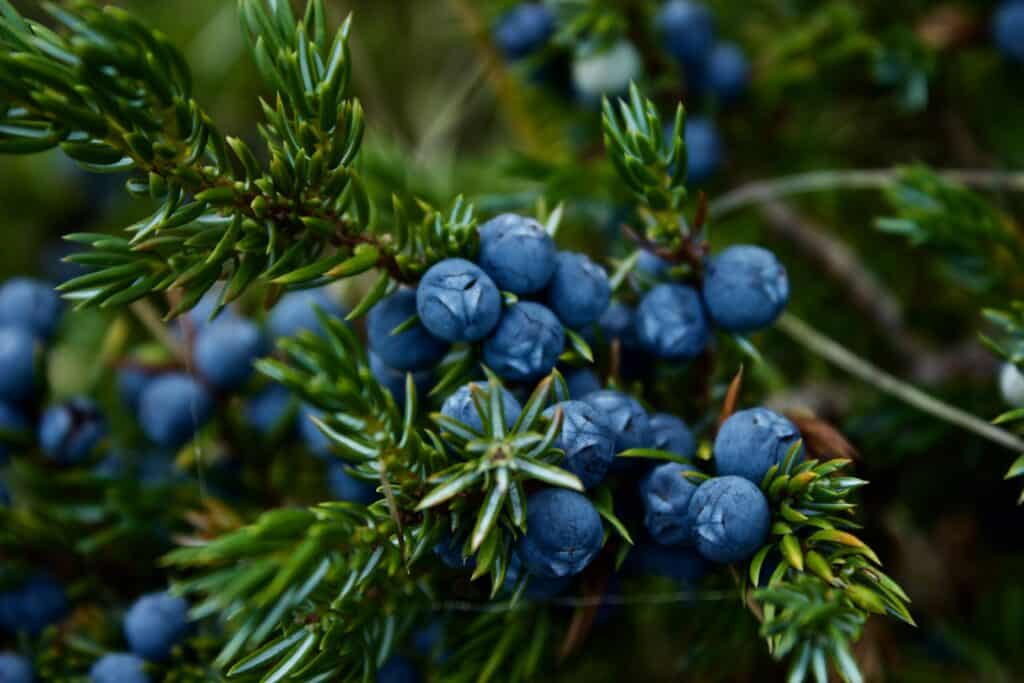
Tin is the final example of the growing body of scientific evidence. This supports the vital role that trace elements play in the body. A trio of scientists from the University of Akron in Ohio published an interesting article entitled “Tin as a Vital Trace Element” in the Journal of Nutrition, Growth, and Cancer. They reported that “tin has an affinity for the thymus, as iodine does for the thyroid.” But “as the individual ages beyond puberty, thymic atrophy is observed.” However, including more tin in the body from dietary sources is believed to slow down this thymic shrinkage. This is to some extent: at least, that was the speculation arrived at. They also noted, in passing, that “if tin and zinc. are in proper balance” in the body, “mammary oncogenesis” (or breast cancer) will not occur.”
As noted, the system can lose trace elements by imprudent eating habits, highly processed foods, and old age. Another common factor that causes substantial losses of vital micronutrients is stress. If a variety of mental, emotional, and physical stresses are combined all at once on an individual, then the losses can be more dramatic within a shorter period of time. An exciting study of this effect was reported in the American Journal of Clinical Nutrition (53:126-31,1991).
Navy Seal Testing Blueberry Nutrition Data
One hundred and nineteen U.S. Navy Sea, Air, and Land (SEAL) trainees recruited from two training classes of the Basic Underwater Demolition School/SEAL Training Center in Coronado, California, permitted for military doctors to draw blood samples from them between September 1986 and February 1987. During an intensive five-day ordeal known as Hell Week, they underwent this. They took samples before Hell Week (BHW) and immediately after Hell Week (AHW).
Hell Week As A Test Basis
During the Hell Week period, the trainees were subjected to unbelievably excruciating physical and psychological stress.
Physical stressors included simulated combat exercises, obstacle courses, running, swimming, and boat races. In addition to undergoing physical activities, the trainees were permitted only about five hours of total sleep. Psychological stressors included performance anxiety, verbal confrontations, activities with no-win situations, and anxiety due to the uncertainty of the nature of events during parents out to Week. A very high percentage of participants equal military for one reason or another during the course of these brutal military tests.
The most fascinating part of this study concerned the status of three trace elements before, during, and during the Week. Levels of zine, iron, and selenium were relatively normal B.H.; during Hell week, they averaged 23.6 mg/d, 35.4 mg a, and 92.5 micrograms per deciliter of blood, respectively. However, values ALW for these three trace elements plunged by 33 percent, 44 percent, and 12 percent, respectively. What better proof could anyone ask for than this to show that stress, not to mention extreme stress, results in a severe loss of many different micronutrients, thus leaving the body in a helpless and exposed condition of poor health?
Blueberry Nutrition Data For Micronutrients
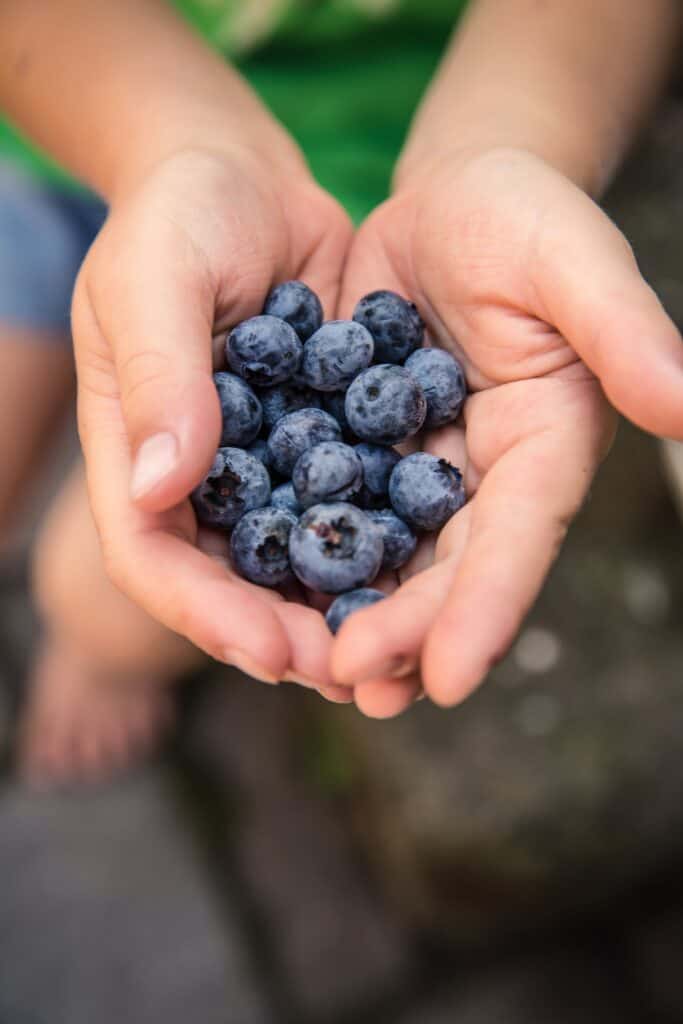
Until quite recently, not much attention had ever been paid to the food value of berries. Paleo nutritionists and others have thoroughly investigated the diets of ancient cave peoples the world over. They have been drawn more to berries as potential sources of essential nutrients for those they were studying. In fact, in the book The Analyses of Prehistoric Diets Orlando, FL: Academic Press, Inc.
, 1985, p. 350) scientist Robert I. Gilbert, Jr., stated conclusively: “Nuts and berries, unlike most foods, contain extremely high concentrations of trace elements!” [Italics and exclamation point added for emphasis.]
Such “hunting and gathering” societies (as designated by anthropologists) could not always secure adequate game for their needs. And leafy and tuber vegetables weren’t always readily available either. Nor did such groups ever utilize eggs very much, let alone have access to any animal milk, which was almost as nonexistent in those times as the proverbial “hen’s teeth” have always been. Later on, as such societies became more settled and adopted village forms of life instead of their customary wanderings, they utilized some cereal grains, primarily corn. Those fortunate enough to live by lakes, rivers, or oceans were able to add fish to their meager diets.
Blueberries Provided Ancestors With Energy
However, paleo nutritionists and anthropologists wonder when taking food inventories of such groups as a whole. They wonder where on earth these Stone-Age primitives obtained all their incredible energy and stamina. After carefully exploring all the kitchen middens (refuse heaps) and thoroughly analyzing innumerable coprolites (human feces) from the front or back of many damp caves, an inescapable fact repeatedly surfaced: prehistoric hunters and gatherers consistently chose nuts, seeds, and berries as the premier options for most snacks and meals! No wonder they had thicker bones, stronger muscles, stricter skin, greater nerves, clearer vision, healthier lungs, better hearts, and vastly improved digestive and eliminative systems!
Four scientists from the Department of Food Chemistry and Technology at the University of Helsinki authored the paper. The paper entitled “Mineral Element Composition of Finnish Foods: Potato, Vegetables, Fruits, Berries, Nuts and Mushrooms.” Berries are chockfull of many trace elements.
Massive Micronutrients In Blueberries
During the growing season of 1976, researchers obtained samples. They took samples of fresh vegetables, fruits, berries, and mushrooms from gardens, produce markets, or the forest. Later in the same year, researchers collected additional samples of frozen, canned, and dried commodities. Researchers sorted, washed, peeled in some cases, dried or freeze-dried, and homogenized in a blender. They then finally analyzed the produce for trace element contents.
The following berry fruits constituted a significant part of this research work: bilberry, lingonberry, cranberry, cloudberry, and straw. Berry, blueberries, gooseberry, roschip, rowanberry, raspberry, and grapes. Berries represented about 20 percent of the total foods thus evaluated. Space limitations prevent us from reproducing those table percentages for various trace elements listed. This way, we can mention the micronutrients themselves in passing. Researchers found “statistically significant” (meaning “impressive”) amounts of the following trace elements in the dozen cited berries. The minerals: iron, copper, manganese, zinc, molybdenum, cobalt, nickel, chromium, fluorine, selenium, silicon, rubidium, aluminum, boron, bromine, and others. As a rule, home-grown wild berries yielded more micronutrients than most vegetables. This is despite wild berries sometimes showing trace elements about ten times as high as cultivated berries and fruits.
The Ellagic Acid Connection
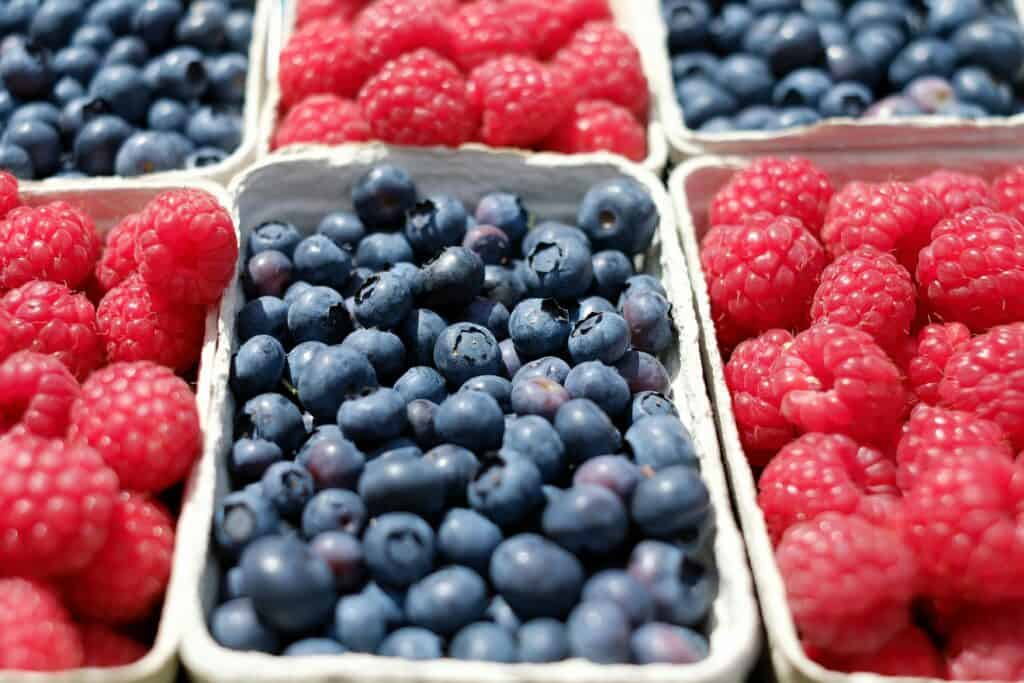
In recent years, scientists worldwide have been looking at something else in berries that holds promise in medicine. Ellagic acid, found in fruits such as grapes, raspberries, strawberries, and some nuts like Brazil nuts, is the substance. Gary D. Stoner and his fellow coworkers from the Medical College of Ohio in Toledo began investigating its effects. They investigated cancer growth caused by different chemicals in the mid-to-late ’80s.
By providing ellagic acid in the diet, these scientists hope to see cancer incidence significantly reduced throughout the country.
In his report to the thirtieth annual science writers’ seminar of the American Cancer Society in Daytona Beach, Florida, in late March to early April 1988, Stoner emphasized, “Illuminatingly, ellagic acid can only function as a preventive.” He clarified that it cannot serve as a treatment. This is because one must add it to the system just before or during carcinogen exposure. It does very little good if taken after cancer has occurred.
Blueberry Nutrition Data For Preventing Cancer
At that time, Stoner and his team had not yet defined the exact mechanism of cancer inhibition. However, later research indicates that ellagic acid competes for DNA receptors also used by carcinogens. More recent studies in 1993 point to blueberries and raspberries as “containing more ellagic acid than any other common food.” “Administered as a drug,” read one newspaper account, “ellagic acid prevents esophagus, liver, skin, and lung cancer in rats and mice…” (“Raspberry Farmers Eager to See Fruits of Crop in Cancer Research” in the Salt Lake Tribune, Friday, January 22, 1993, p. A-12).
Researchers conducted an earlier study on ellagic acid with black walnuts in the October 1968 Journal of Pharmaceutical Sciences. The investigation showed that mice injected with this solution before undergoing electroconvulsive shock remained alive. They remained active for a more extended period than other rodents without the benefit of ellagic acid. This suggests a potential protective effect of ellagic acid in the face of electroconvulsive shock. This indicates in some way that it must have an undetermined protective effect. This effect is on the myelin sheathing encasing each nerve strand.
Data From New England Medicine
Scientists working out of the NPI-Plant Resources Institute at University Research Park in Salt Lake City conducted another test. This was for ellagic acid on semi-arid plants. James Klocke and Brad Van Wagenen reported that spraying this substance on certain insect larvae has results. They said spray before reaching maturation, which has proven to be a rather good inhibitor of their growth.
A study by Dr. Elizabeth reported that an extra helping of berries cut the risk of stroke almost in half. This attributed ellagic acid and trace elements in the berries to this. They published their report in the January 29, 1987, issue of The New England Journal of Medicine. People say that berries are good for you in more ways than one. The evidence offered here is a small sum of the total body available, underscoring this point very nicely.

